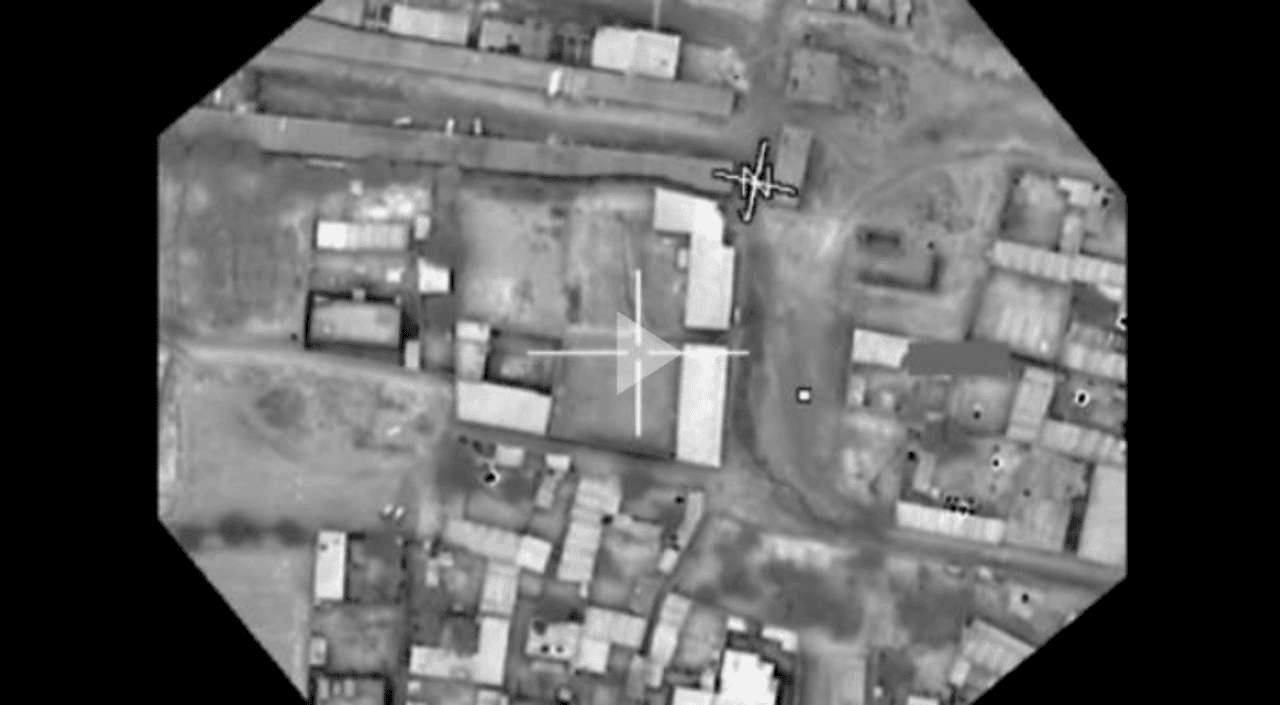
US air strike data from Afghanistan takes step back in transparency
The US military has stopped publishing important information on its air war in Afghanistan just two months after deciding to release it.
In October, the US began publishing monthly data on its strikes in the country following a year long blackout. The release was welcomed by many as a step towards greater military transparency, with the new dataset also detailing where and what the strikes hit.
However, in its release of figures for November, the US military quietly stripped out information on the strikes’ targets, prompting concern from civilian protection experts and military transparency advocates. Resolute Support, the US-led Nato mission in Afghanistan, told the Bureau the sudden withdrawal of information was due to operational security concerns.
“We determined we were giving the enemy too much detail with the information we were providing in the strike reports. The strikes by themselves are stand-alone events, but together across time tell a comprehensive story of our targeting methodology which we prefer not provide to our adversaries,” a Resolute Support spokesperson told the Bureau.
The decision not to publish the target information came shortly after the Bureau published a story drawing on the data which highlighted the number of buildings destroyed in US strikes.
The Bureau’s analysis found that over 60 buildings had been destroyed by these strikes in October. Such actions have long been understood to have a likely higher impact on civilians because it’s difficult for those launching them to see who is inside. Two recent strikes on buildings have been found to have resulted in civilian casualties.
Larry Lewis, a civilian casualty expert at the Center for Naval Analyses thinktank, said he was not surprised at Resolute Support’s decision.
"Transparency can be painful in the short term, and military personnel who make these decisions are often incentivized to think in the short term” said Lewis. “It takes strategic thinking to push on with transparency efforts despite the criticism that will inevitably come."
Sahr Muhammedally, a Middle East and South Asia expert at the civilian protection non-profit CIVIC, also expressed concerns at the withdrawal of the data on strike targets.
“US forces in Afghanistan should not backtrack on its record on transparency by withholding data on what strikes hit; nor should the US weaken standards in targeting,” Muhammedally said, adding: “targeting procedures must include a presumption of civilian presence in buildings in order to inform measures to minimize civilian harm."
Resolute Support did not provide a direct answer when asked by the Bureau why the operational security risk of releasing target information had changed within the space of two months.
The official reason given for the latest withdrawal of information - unwillingness to give information to the enemy - echoes what the Bureau was told when the US decided to abruptly stop giving us monthly strike totals in October 2017, a policy that was later reversed.
Mandy Smithberger, a national security expert at the independent US watchdog Project On Government Oversight, told the Bureau: “Operational security is important, but so is democratic accountability. Without more transparency and oversight we can't have an informed conversation about what we are achieving or failing to accomplish.”
Main photo: A still from a video showing a compound described as a Taliban narcotics factory before it is hit by a strike (US air force video).



